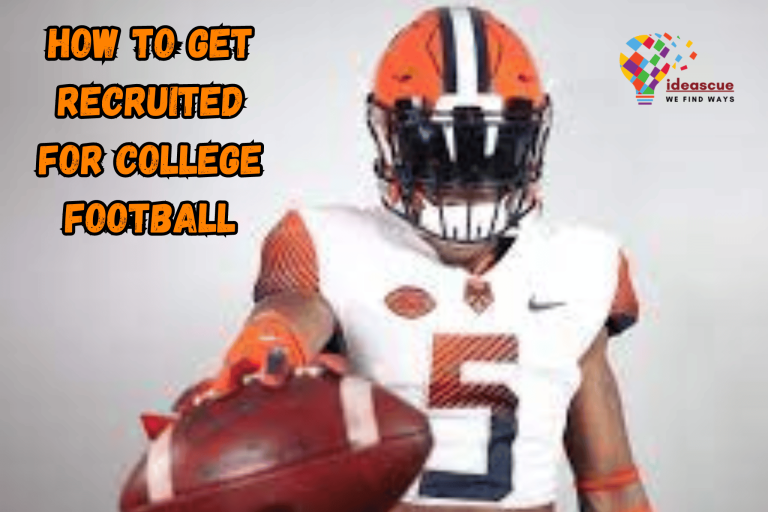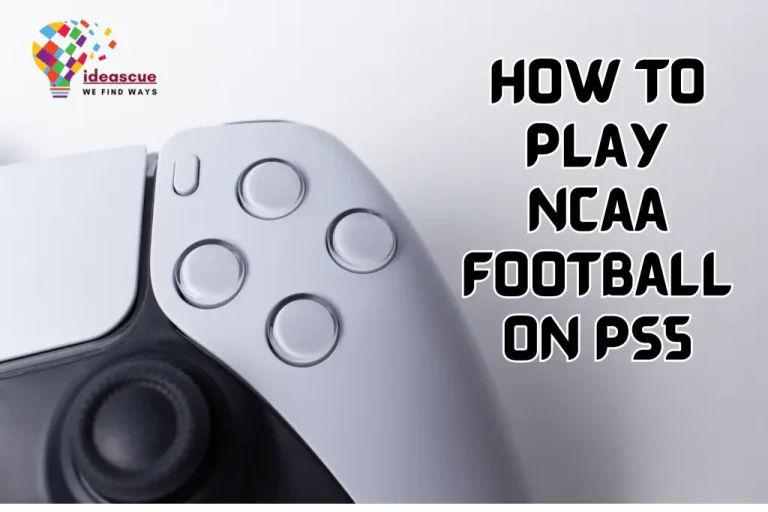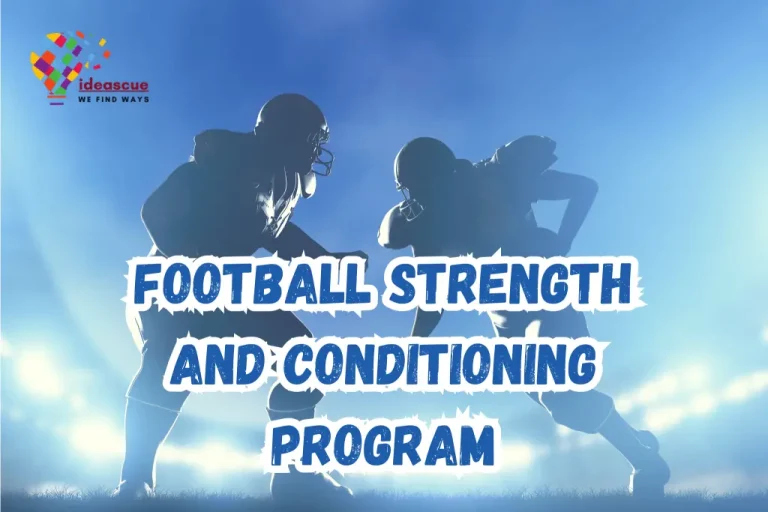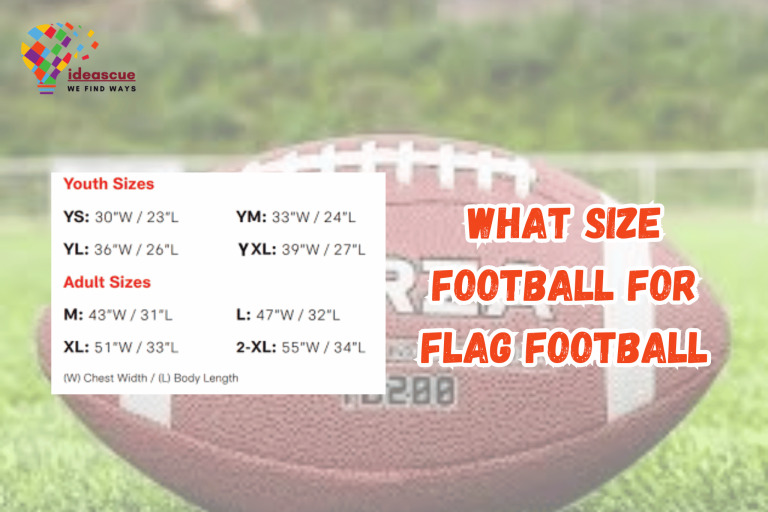Can You Wear Football Cleats For Lacrosse?
Intro:
Can you use football cleats for lacrosse? A common question that echoes in every lacrosse and football players’ mind. When it comes to selecting the right gear for sports, the details matter. In the realm of field sports, cleats are a significant part of an athlete’s equipment, tailored to enhance performance and safety.
This article explores whether football cleats can double as lacrosse cleats, delving into the nuances that differentiate the specialized footwear designed for these fast-paced games.

So can you use football cleats for lacrosse at the academy? Athletes often ponder if they can interchange cleats between sports, especially from football to lacrosse. The short answer is yes, especially in unprofessional games. However, Football cleats are designed with certain features that may not perfectly align with lacrosse’s demands.
The structure of football cleats is made to support intense physical tackles and abrupt stops, which can be advantageous in lacrosse, but they may not offer the same level of flexibility and lightness that lacrosse cleats offer. It’s crucial to understand the design intentions behind each type to make an informed decision.
Lacrosse Cleats: What Are They?
Lacrosse cleats are more than just footwear; they’re a tool for agility and stability on the field. Designed specifically for lacrosse players, these cleats cater to the sport’s unique movements, providing the support needed for swift directional changes and rapid sprints, which are essential in the fast-paced nature of lacrosse.
While football cleats can be worn for lacrosse, it’s important to know the potential trade-offs.
Football vs Lacrosse Cleats: What’s the Difference?
Comparing football and lacrosse cleats reveals both similarities and differences. Both are designed to provide traction and support, but they differ in their construction to meet the specific needs of each sport, affecting how athletes perform on the field.
Breathability:
Lacrosse cleats often offer more breathability compared to football cleats due to the constant motion involved in the game. Proper ventilation helps in moisture management and comfort during long matches.
Number of Studs:
The number and arrangement of studs can vary significantly between football and lacrosse cleats, affecting traction and maneuverability on the field.
Ankle Heights:
Ankle support is crucial in both sports, but football cleates tend to have higher cuts to support lateral movements and tackles, whereas lacrosse cleats may have lower cuts for quick pivoting.
Durability:
Durability is key for any sports cleat, but football cleats are often built to withstand more direct and frequent impacts, a necessity that may not be as critical in lacrosse.
Cleat Similarities Between Football and Lacrosse:
Both football and lacrosse cleats are designed to enhance performance on grassy fields, featuring multiple studs for traction and durable materials to withstand rigorous play. This common ground makes it possible for some crossover in usage.
Pros And Cons Of Wearing Soccer Cleats For Lacrosse:
Pros:
- Lightweight Design: Soccer cleats are typically lighter, which may enhance speed and agility on the lacrosse field.
- Flexibility: They often offer more flexibility, aiding in quick movements and changes in direction.
- Breathability: Designed for continuous use, soccer cleats usually provide better ventilation.
- Workouts: You can workout with Football cleats for lacrosse as well!
Cons:
- Less Ankle Support: Soccer cleats have a lower cut, offering less support for the ankle, which can lead to injuries.
- Different Stud Pattern: The stud configuration is optimized for soccer and may not provide the same level of traction for lacrosse movements.
- Less Protection: They often have thinner materials that may not protect as well against impacts common in lacrosse.
Can You Wear Lacrosse Cleats for American Football?
Lacrosse cleats can be worn for football, especially at a non-professional level like college. However, players might miss out on the specific benefits that football cleats offer, like extra foot protection and traction designed for the sport’s specific movements.
Baseball vs. Football Cleats for Lacrosse:
Choosing between baseball and football cleats for lacrosse is a matter of analyzing the cleat patterns and support. Baseball cleats have a toe stud that can be dangerous or prohibited in lacrosse, making football cleats a safer crossover option.
There Are Different Types of Cleats:
Understanding that each sport’s cleats have been optimized for specific actions and conditions is crucial. While one can use football cleates for lacrosse, the experience might not be optimal compared to using sport-specific footwear.
What To Look For in Lacrosse Cleats Before Buying?
When purchasing lacrosse cleats, there are several factors to consider, ensuring that you get the right balance of comfort, support, and performance on the field.
Consider Comfort:
Comfort is paramount as it directly impacts an athlete’s performance. Look for cleats that provide a snug fit without restricting movement.
Cuts in Cleats:
Cuts refer to the cleat’s height and can range from low to high, each offering different levels of ankle support and flexibility.
Consider the Playing Surface:
The type of playing surface dictates the cleat configuration. Different studs are suited for natural grass, artificial turf, or indoor surfaces.
Different Types of Cleats:
Molded:
Molded cleats have permanently attached studs and are designed for various field types but offer less flexibility in stud configuration.
Detachable:
Detachable cleats allow for stud changes to match field conditions, offering versatility.
Turf:
Turf cleats are specialized for artificial surfaces, providing maximum grip and minimal stud pressure.
Basketball Shoes:
Although not cleats, basketball shoes are mentioned here as a non-viable option for lacrosse, lacking the necessary traction for outdoor fields.
Match Team Colors:
Aesthetics can also be a consideration, with many athletes preferring to match their cleats with team colors.
Signs of the Perfect Fit
When selecting lacrosse cleats, the perfect fit is essential for peak performance and sustained comfort throughout the game. Here are the key indicators of a well-fitting cleat:
No Pressure Points:
The cleats should feel comfortable from the get-go, without any pinching or tight spots that could cause discomfort or restrict blood flow, particularly when laced firmly.
Secure Heel Lock:
A proper fit means your heel is firmly in place. If your heel lifts out when you move, you risk blisters and reduced stability. The cleat should lock the heel down to prevent any sliding.
Adequate Toe Room:
Enough space in the toe box is vital. Your toes shouldn’t touch the front of the cleat, as this could lead to bruised toenails or added pressure when running or stopping quickly.
Snug Midfoot Fit:
The cleats should conform to the shape of your midfoot, providing a supportive embrace. This snugness ensures the shoe moves with your foot, reducing the risk of internal sliding that can lead to blisters or loss of balance.
Proper Flex Point:
The shoe’s flex point, the area that bends while walking or running, should match the flexion point of your foot. If the cleat bends too far back or forward from your foot’s flex point, it can cause discomfort or arch pain.
What Other Cleats Can You Wear for Lacrosse?
Aside from football cleats, soccer and even certain types of field hockey cleats can be alternatives for lacrosse, provided they adhere to safety regulations and the player’s comfort.
What Happens When You Wear Cleats that Are Not Lacrosse Cleats?
Using non-lacrosse cleats may affect performance, comfort, and even safety on the field. It’s essential to understand the compromises being made when not using sport-specific footwear.
FAQs
Are football cleats strong enough to last through lacrosse games?
Football cleats are designed for durability, but using them for lacrosse may lead to quicker wear and tear due to the different demands of the sport. It’s best to monitor their condition closely if used for multiple sports.
Can you deflate a lacrosse ball?
No, you cannot deflate a lacrosse ball as it is solid rubber and not inflatable.
Conclusion:
So can you use football cleats for lacrosse? The answer yes but it usually depends on the situation. The decision to use football cleats for lacrosse should be informed by an understanding of the specific requirements of each sport.
While it’s possible to interchange cleats, athletes must weigh the pros and cons, and regular workouts to ensure their choice enhances their performance and safety on the field.






